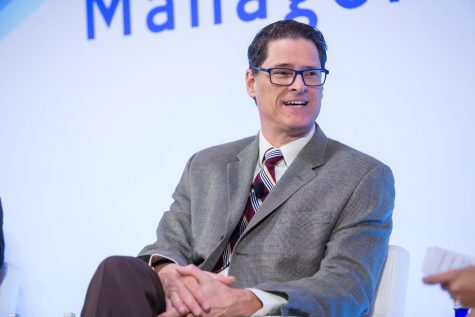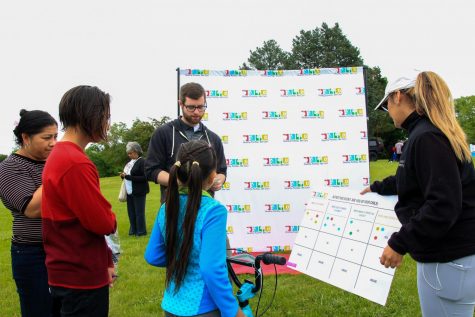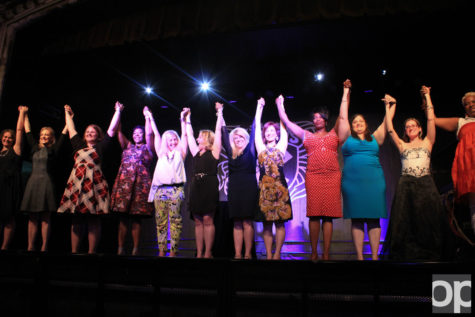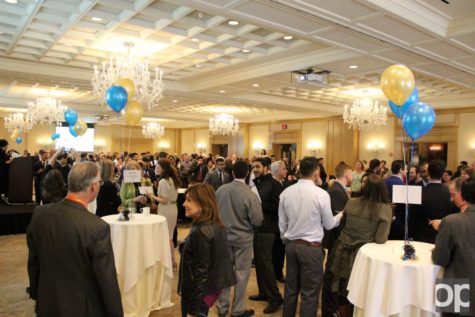Dr. Beverly Fogelson
By WIBKE RICHTER
Staff Intern
Entering a Michigan grocery store, the first things that catch your eye are shiny and colorful fruits sitting orderly next to each other on the shelves.
Outside it is cold and last night it snowed another inch but inside the store is a tropical paradise waiting for the customers to pack the fruits into their shopping carts. Strawberries, bananas, and melons will make a delicious fruit cup fur the lunch break. Did you get it yet? Snow, cold, tropical, strawberries — how does that work? Didn’t we learn in first grade that everything needs sun to grow?
Here comes the reality check: those shiny and colorful fruits are not from Michigan, but from Latin America.
According to the little white tags in our clothes, Latin America is also where most of our shirts, sweaters, and pants come from. Made in Peru, Nicaragua, Guatemala — the list is long. U.S. companies and suppliers have plants there because the low cost for labor. In return, many Latin Americans leave their countries to come to the U.S. They want to improve their standard of living and live the American dream.
In her class, Introduction to Latin America, Professor Beverly Fogelson teaches her students about the region’s geography, history, and traditional culture and about the political, economic, and social problems its countries face today. She has a doctorate in culture and anthropology. “Anthropology, the biological and cultural study of humans, is a rich and awarding occupation. It’s luscious,” said Fogelson about her profession.
She relates information about Latin America to the current economic, social, and political context of United States. “Next to Canada, Latin American countries are our closest neighbors. The understanding of Latin America can just be a benefit,” Fogelson said.
Taking the class made me think differently about everyday life, politics, and economics.
1. What classes do you teach?
International Studies (Introduction to Latin America) and various classes in anthropology.
2. Who in your field inspires you to teach?
Bernard Ortez de Montellano, an anthropologist and chemist because of his involvement with Latin America and his brilliance. He was one of my mentors. Mark Weiss, a biological anthropologist with the National Science Foundation. He was the Chair of the Anthropology department where I worked.
3. What is on your reading list?
Books on physical anthropology and books on evolution.
4. Could you describe what you do at OU in one sentence?
I am a special lecturer in the Department of International Programs and Anthropology.
5. What is your favorite OU sport to watch live?
None of them … swimming would be the closest.
6. It’s lunchtime and you’re hungry. Have you packed your own lunch, are you going to the OC or are you ordering out?
I go to the OC or pack my own lunch. The OC is a good place for students and faculty. There are many activities going on there.
7. How is your office looking? In other words, if I were a student that had an appointment, would I be able to see around the piles of papers?
Sure, but most of our offices are at home. I share the office with other professors. I also teach at the Macomb campus where the classroom is the office.
8. When is bedtime?
Between 11:00 p.m. and 12:00 p.m.
9. Where is the most interesting place your studies have taken you?
Certainly South America, Costa Rica, the Sahara Desert – absolutely, North Alaska – certainly, China, and Portugal.
10. What do you hope students know before they take your class(es)?
How to process information, interest in education, and willingness to interact with other students on an intellectual level. Students should value thinking and processing information.







